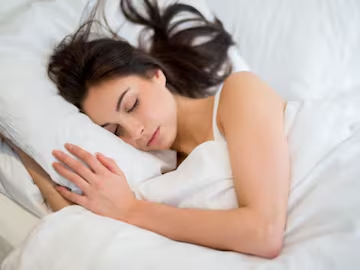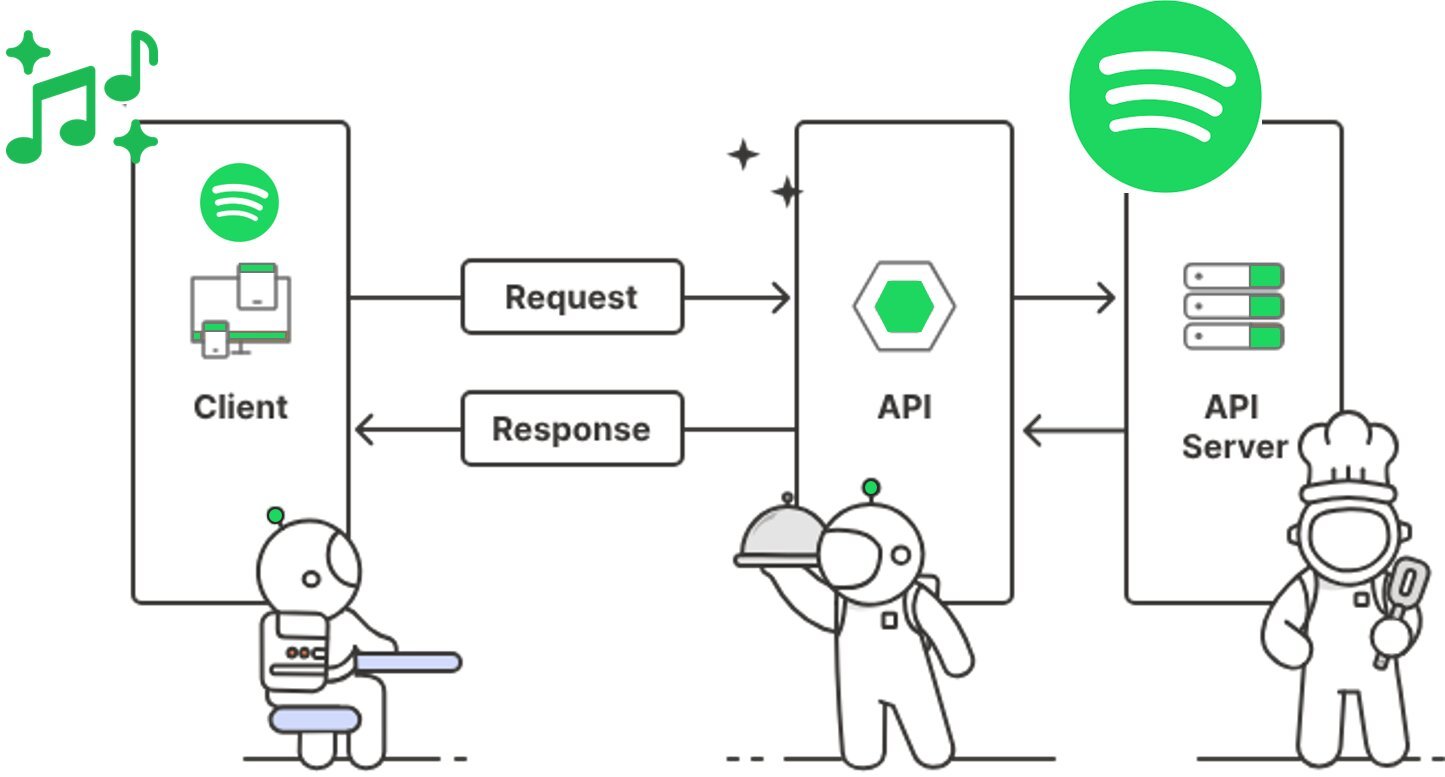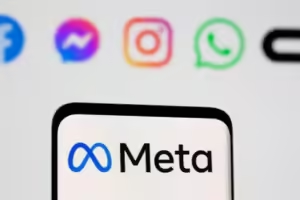Researchers Design Device To Combat Insomnia By Regulating Brain Activity Patterns

Employing cTBS, the device delivers bursts of magnetic pulses to various brain regions.
A device developed by a team of researchers at the University of Arizona aims to tackle insomnia by diminishing mental noise through continuous theta burst stimulation (cTBS). This painless method helps regulate the default mode network (DMN) activity in the brain, which tends to be elevated in individuals suffering from sleep issues. Employing cTBS, a form of repetitive transcranial magnetic stimulation (rTMS), the device administers bursts of magnetic pulses to various brain areas. The cTBS technique involves delivering three pulses at a 50 Hz frequency every 200 ms over 40 seconds, totaling 600 pulses per session. This swift stimulation aims to suppress cortical responsiveness, particularly in the DMN associated with distracting daydreams and intrusive thoughts that obstruct the onset of sleep.
The primary focus of the study lies in exploring various brain networks, with particular attention given to the Default Mode Network (DMN). Research indicates that the DMN comprises a cluster of brain regions that exhibit activity during periods of rest, triggering contemplation on challenges rather than inducing sleep. Consequently, individuals may generate worrisome thoughts about issues that could heighten their anxiety levels.
Researchers aim to reduce activity in a specific network by employing cTBS, ultimately promoting the ideal mental state for sleep. Compared to traditional rTMS methods in insomnia treatment, studies have demonstrated that the inhibitory impact of the cTBS protocol on cortical excitability persists for an extended duration.
Based on trials conducted at the University of Arizona, individuals using the device experienced significant enhancements in their relaxation levels and sleep readiness. Considering that cTBS only requires a mere 40 seconds, it could potentially benefit those struggling with insomnia.
A thorough three-year research study involving individuals suffering from chronic insomnia has been planned by its advocates to guarantee its efficacy. This study comprises:For a comprehensive evaluation of its efficacy, proponents of the treatment have embarked on an intensive three-year research program involving individuals suffering from chronic insomnia. The study encompasses:
- A method will be used to choose the participants so that the findings can be applied to the wider population.
- The examination will extend to assessing the enduring impacts on both sleep quality and cognitive function by researchers.
- Comparing the outcome data of device users with individuals utilizing traditional interventions like cognitive-behavioural therapy (CBT) or medication for insomnia will be conducted.
Sleep Health Implications
This device has the potential to offer a benefit by serving as a complement to sleep therapy without relying on pharmaceuticals. Many individuals steer clear of medicines due to their side effects or the risk of developing a dependency. Utilizing cTBS could present a more efficient alternative for yielding substantial outcomes without the need for medications.
Future advancements in the field of technology could potentially enhance both sleep quality and mental wellness, provided that a beneficial effect is confirmed. Some upcoming possibilities might involve:
- Modifying stimulation procedures to suit the unique characteristics of a patient’s brain activity.
- Utilizing this gadget in conjunction with additional wearable sleep trackers to incorporate the input for adjusting the user’s preferences.
- Exploring how it can be applied to other situations characterized by elevated mental activity levels, such as anxiety disorders or PTSD.














